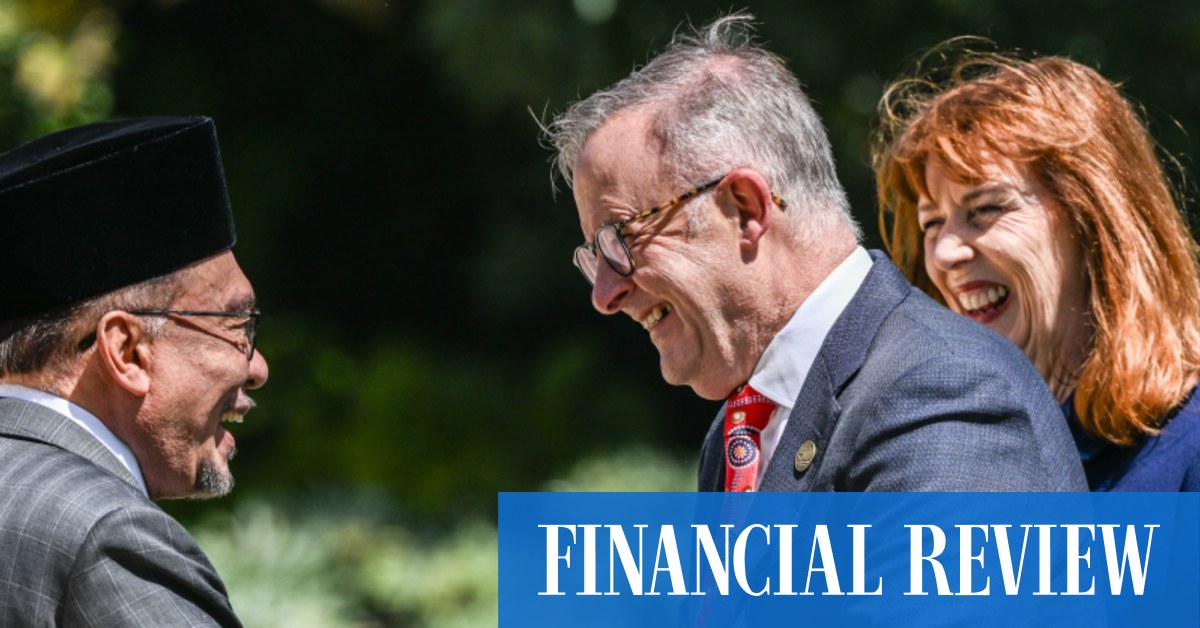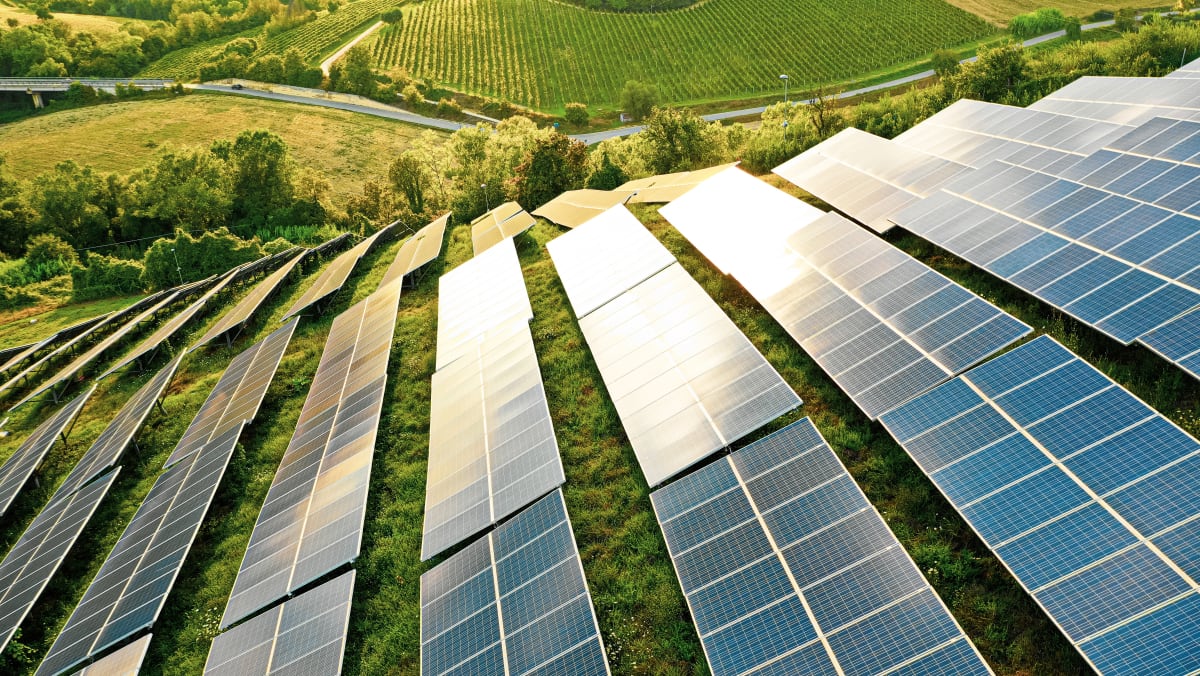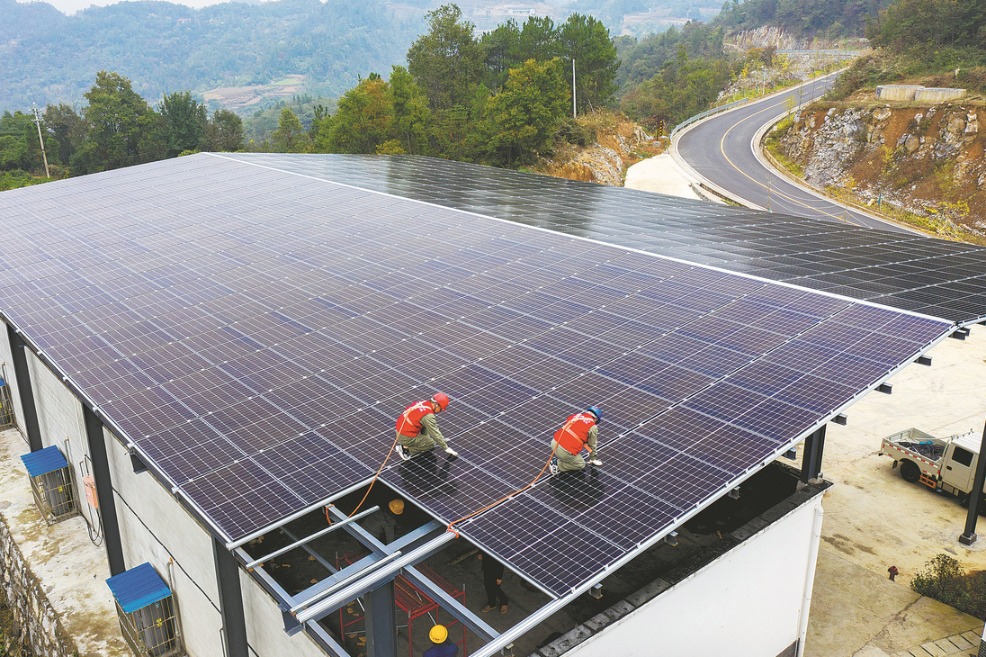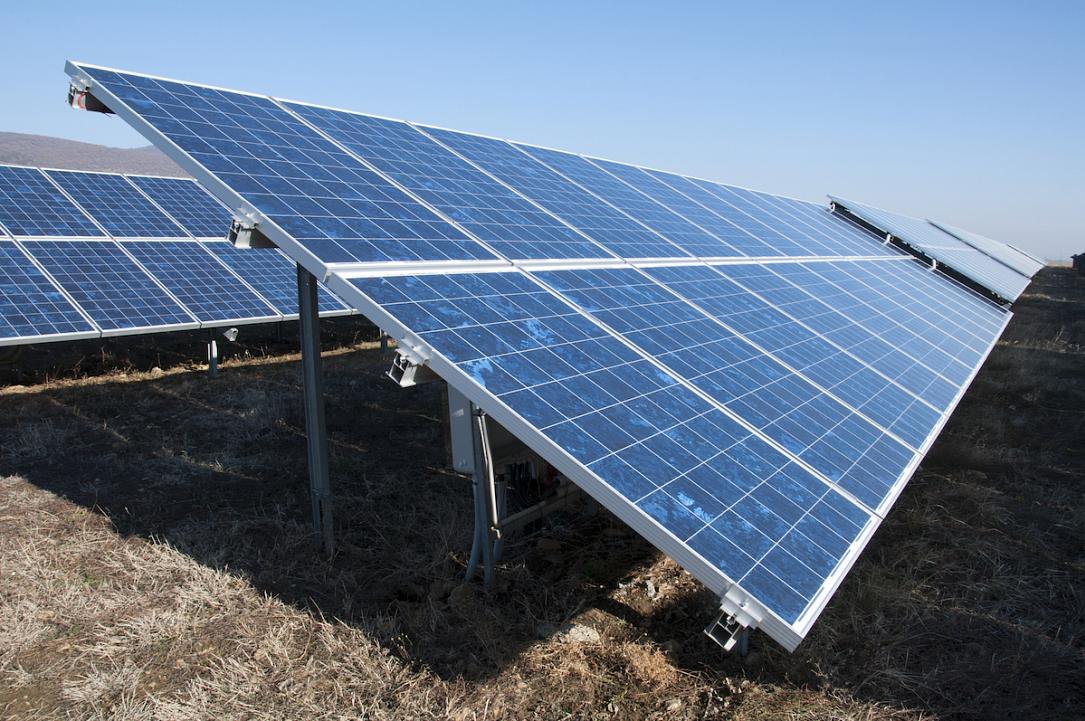Prime Minister Announces Landmark Initiative to Boost Renewable Energy in the Region
Australia is set to establish a groundbreaking $2 billion finance facility to support green energy and infrastructure investment in Southeast Asia. This move, announced by Prime Minister Anthony Albanese, aims to tap into the growing demand for renewable power in the region between 2024 and 2050.
Environmental Necessity and Economic Opportunity
Prime Minister Albanese highlighted the environmental necessity of acting on climate change for the region, emphasizing it as a transformative economic opportunity. Moore stated that Southeast Asia needs approximately 454 gigawatts of additional generation capacity by 2050, with a substantial portion coming from renewable energy.
South-East Asia Investment Financing Facility
Managed by Export Finance Australia, the $2 billion South-East Asia Investment Financing Facility will play a pivotal role in supporting the green energy transition, rail, water, airports, and roads in the region. The facility aims to derisk private sector investments and catalyze productive infrastructure projects.
Future Growth and Economic Opportunities
Nicholas Moore’s report warns that Australia could be left behind in a region forecasted for strong economic growth, with Southeast Asia expected to become the fourth-largest economy globally by 2040. The potential consumer market in the region is projected to be ten times larger than Australia’s by 2040.
Embracing Clean Energy Transition
As the region transitions to clean energy and aims for net-zero, Australia’s commitment to deeper economic engagement and partnerships with Southeast Asian countries becomes crucial. Treasurer Jim Chalmers emphasizes that ASEAN represents significant hope for two-way trade, with the region’s forecasted compound average growth rate being twice that of developed nations.
The recommendations focus on ten key industry sectors, including agriculture, green energy transition, infrastructure, and digital economy, outlining specific plans for each Southeast Asian country except Myanmar due to its ongoing internal crisis.
Source:afr.com





